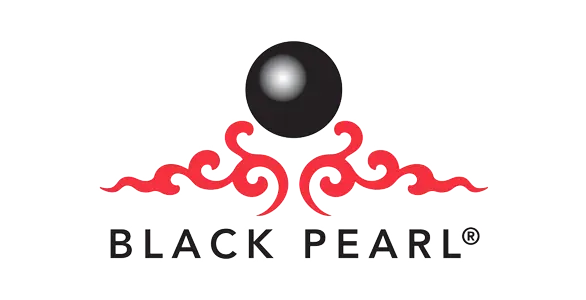The Magic of the Neem Tree
The Neem tree ( Azadirachia indica ) is a member of the mahogany family, native to India and Burma. It is a close relative of Melia azedarach , usually called Cape lilac in Western Australia and White cedar elsewhere. Cape lilac is more cold tolerant than the Neem tree but has the same insecticidal properties.
Because of its potential as an insecticide, quite a lot of work has been done on Neem in Australia. Farms have been established in warmer areas and Neem products may well be a commercial crop for Australia.
There is an extensive list of insects that can be controlled by Neem – fruit flies, cockroaches, locusts, aphids, mosquitos, thrips, caterpillars, weevils. Many of the more useful insects like the bees, ladybirds, mantis are unharmed, yet the destructive pests are stopped.
Safety tests have been done demonstrating the harmlessness of Neem towards mammals, birds, and fish.
The best forms of trees for regular maintenance, but with high yield are those citrus-shaped selections that do best on moderately deep rich, but always well drained soil. Neem leaf production is best along the coastal strip of Queensland.
Neem trees are compatible with indigenous plants and animals, the trees have been grown in the dry hot North of Australia for over 50 years. The tree is resistant to drought, cyclone, fire, and snap frosts and will grow with minimal water and fertiliser input.
One Neem tree by itself, without crushing leaves and/ or fruit regularly will probably not repel more than 25 per cent of insects from the house and vegetable garden.
They attract a range of native insects which like their bark, insects that do not spread scale.
The PH of notoriously acid Australian soils is brought quickly up to neutral (PH7) within a period of two to three years.
Professor Steven Ley of the University of London has described Neem as having “a chemical so powerful that even one teaspoonful can protect seven football fields against caterpillars and locusts, but so benign that it will not hurt bees or ladybirds”.
Neem extract forms a stable emulsion in water and can be directly diluted in water to 1/500-1/20 prior to systemic or surface application with standard sprayers.
Neem sprays may be safely used to control fleas, ticks, lice and other parasites found on dogs, cats, birds and other companion animals.
We all should look at planting Neem trees in our yards, to protect our families from the dreaded midge bites that can itch forever.
Living in Queensland many of us are aware of the dangers and long lasting effects of the Tropical diseases that the mosquito bites can inflict, such as Ross River Virus, Barmah Forest virus, and Dengue Fever Virus.
I am sure many families have had their celebration B-B-Que ruined by the insects that are attracted to the lights and smell of the food cooking.
The answer can be so simple – Plant Neem trees around your entertainment areas, and enjoy your family knowing that they are safe from being bitten by midges and mosquitoes.
It is a much safer option than spraying chemicals from planes, sometimes weekly, onto your properties that have the possibility of exposing your children to asthma, skin rashes and chronic diseases.
As we become more aware of climate change, we should look back to the past and choose the simpler and least expensive options to protect our land, our families and our health.
The post The Magic of the Neem Tree appeared first on Naturopath Australia.











